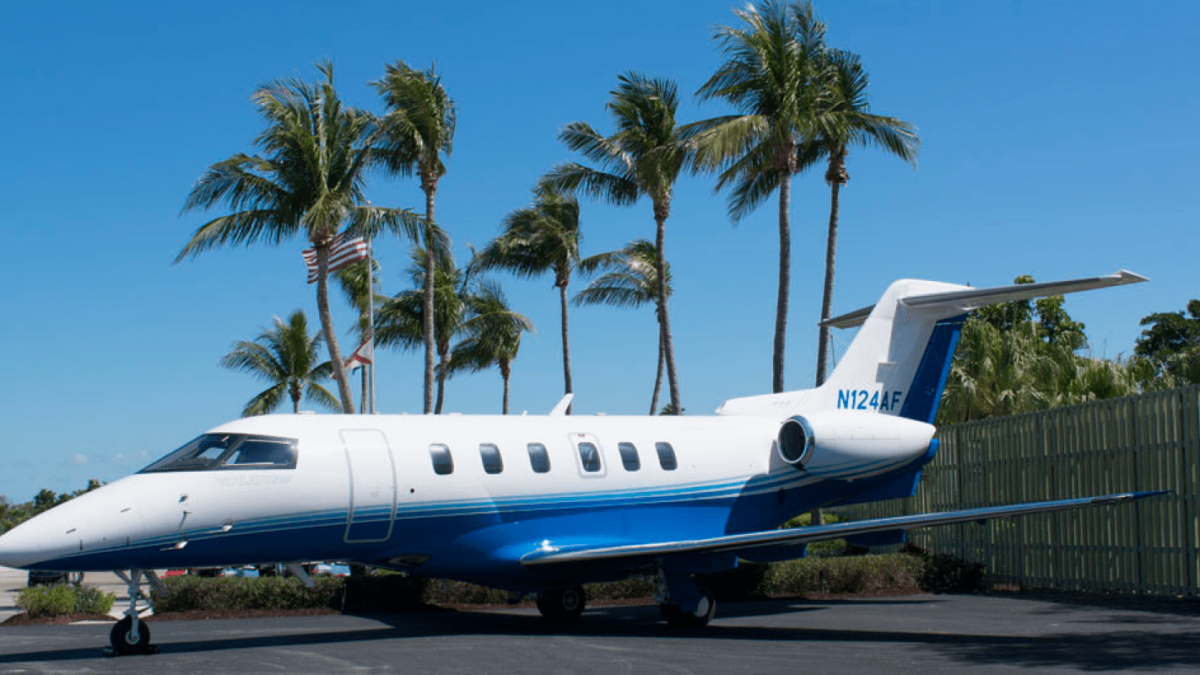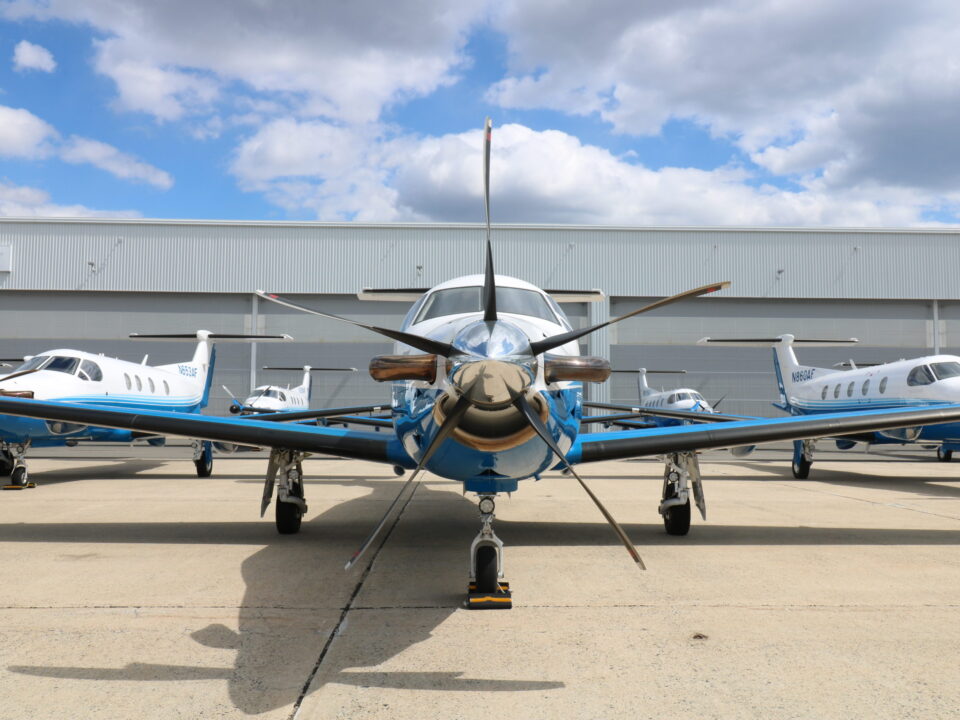Fractional jet programs have long filled an important position in the private jet marketplace. They offer the flexibility and on-demand access of charter or jet cards without the additional hassles and daunting restrictions. If you flew more than 25-30 hours last year, graduating from charter or a jet card to fractional jet ownership is a smart choice. Fractional ownership offers a higher level of service and a greater overall value than charter.
When investing in fractional jet ownership, you are entering a long-term relationship with the program. It’s to your benefit to select one that provides outstanding service, has skilled flight crews and maintenance staff, and can point to a long record of excellence in the industry. As you weigh your fractional jet program options, here are a few things you should look for before you buy:
1. A Well-Trained Crew and Maintenance Staff
From the minute you step aboard the aircraft, you should feel confident the flight crew will get you to your destination safely and on time. Fractional jet programs should provide information about pilot recruitment, standards, and training requirements. How long has the average pilot been at the company? High turnover and a lack of regular, required training are signs programs have not invested in their flight crew.
Aircraft maintenance is an important feature of any fractional program, yet one that may go overlooked. Is the maintenance work outsourced to a third party? What is the level of oversight on maintenance operations? All PlaneSense, Inc. aircraft are maintained by sister company Atlas Aircraft Center, Inc., a Pilatus-authorized fleet service and support center, as well as an FAA certified Part 145 repair station. Atlas Aircraft Center offers a host of services including jet and turbine aircraft repairs, inspections, and avionics sales and repair services.
PlaneSense is focused on recruiting and retaining the most talented and skilled pilots and mechanics, allowing the company to continually offer world-class service and provides an exceptional flying experience.
2. A Company That Is Experienced
It is important to identify a financially sound fractional provider with a history of sustained excellence in operating its program. Before you buy, ask how long the fractional provider has been in operation. PlaneSense has been in business for 25 years and has earned a reputation as a fractional provider that owners can rely on. Investing in a fractional share with a company that lacks this longevity puts your investment at risk.
3. A Reputation for Excellent Service
Longevity is one metric, but so is the approach to service. Unlike charter flights or jet cards, fractional aircraft ownership brings with it a higher standard of relationship. Because fractional share ownership is a longer relationship than jet cards, which usually last only 12 to 24 months, fractional programs are far more invested in developing a relationship with owners. This delivers more personal touches and better overall customized service.
PlaneSense’s service has been recognized among industry leaders. It was named Flight Department of the Year for “its high degree of professionalism and service to its customers, its demonstrated operational excellence to the exacting standards of IS-BAO Stage II, and its legacy of more than 400,000 flight hours over more than 25 years of operations.”
Quality service should be there when you need it. Ask fractional providers when their flight operations or customer service offices will be available. The PlaneSense® Flight Operations Team is available 24 hours a day, 365 days a year to meet the owners’ needs. The team logs preferences and personalizes flights so that every member of the party feels comfortable, including pets.
4. Access to Destinations
Some fractional aircraft operators have restrictions on the airports they will fly into, particularly when it relates to runway length. Before buying into a fractional program, ask about the type of aircraft you will have access to and if it can navigate short runways or other difficult terrain. The Pilatus PC-12 turboprop and Pilatus PC-24 jet both make excellent choices for accessing short runways, as well as providing spacious cabins and comfortable flights. Selecting an aircraft that is too small or two big for your needs could limit your destinations, and in turn, your ability to use fractional hours the way you want to.
In addition to aircraft model, make sure the program’s Primary Service Area (PSA) includes destinations where you are most likely to fly. For example, the PlaneSense® fractional program serves the Continental United States, Canada, Bermuda, the Bahamas, and the Caribbean, as well as Central America.
5. Age of Fleet
When purchasing a fractional jet share, you are considered an owner of part of the plane—or more accurately a fraction of the aircraft’s flight time. To maximize profitability, some fractional programs may offer a mix of new and older aircraft. By the nature of the fractional model, you do not get to choose your specific aircraft when you fly, which means the age of the plane you will be assigned is the luck of the draw.
PlaneSense intentionally keeps its fleet young to take advantage of emerging technology, so you know you are getting the latest avionics technology and a cabin that’s always pristine. When considering fractional programs, consider the age of the average aircraft within the fractional fleet. Otherwise, you may find yourself on an aircraft that isn’t up to modern standards.
Before investing in a fractional program, buyers must ask these important questions to ensure the program they enter is the best fit for them. If you have questions about the PlaneSense® fractional program, contact us and one of our representatives will be happy to answer them.







